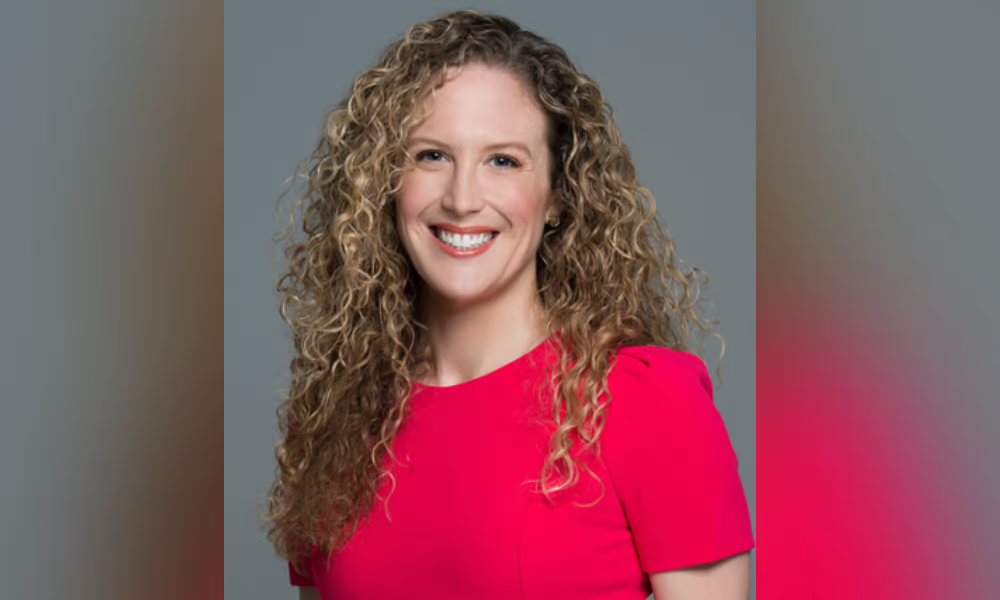New guidance designed to hold fund providers accountable

Investors, advisors, and asset managers can look forward to clearer communication around ESG, thanks to new guidance from the Canadian Investment Fund Standards Committee (CIFSC).
Earlier this week, CIFSC formally published its Responsible Investment Identification Framework, and initial list of identified investment funds.
Rather than relying on sanctions to keep asset managers in line, it encourages providers to be clear and transparent about what they really offer through their RI fund strategies.
The framework was developed to complement guidance from the Canadian Securities Administrators (CSA) on ESG fund disclosures, as well as the CFA Institute’s Global ESG Disclosure Standards for Investment Products.
“Investors and advisors now have a tool and a baseline to hold fund providers accountable for what they're doing with ESG,” says CIFSC Chair Danielle LeClair, who took over the role from Ian Tam in January.
In the Responsible Investment Association of Canada’s (RIA) 2022 Investor Opinion Survey, nearly two thirds (64%) of investors are interested in RI, with outsized interest coming from 18- to 34-year-olds (71%), female survey participants (67%), and respondents with children (75%).
However, the rate of ownership of RI has remained stagnant over the RIA’s last three surveys, with around one third of investors saying they currently hold responsible investments. Part of that could be due to concerns around greenwashing, which three fourths (75%) of respondents cited.
“[CIFSC’s RI framework] can help them ask the right questions,” LeClair says. “I think their having that power really is going to help move the conversation.”
While 70% of respondents in the RIA survey said they know little to nothing about RI, 73% of the investors polled – including 80% of respondents aged 18 to 34, and 76% of females – said they would like their financial services provider to inform them about responsible investments that align with their values.
However, when asked whether their financial advisor or financial institution has ever asked if they were interested in responsible investments that align with their values, only 31% of investors surveyed by the RIA said yes. With the CIFSC framework and list of RI funds, LeClair says advisors will be better equipped to explore the opportunity in filling the responsible investing advice gap.
“There's been a lot of demand for some education and clarification on what it means for a fund to be ‘ESG-aware,’ or ‘ESG-integrated,’” she says. “With these types of standard definitions, advisors will be better able to communicate the intent of a strategy to their investors. I think that's going to help align products and investments with investors’ values.”
The new RI fund list identifies and tags several hundred Canadian-domiciled funds under six recommended RI categories, with some funds classified under multiple buckets. Aside from providing a road map for advisors and investors to navigate conversations around ESG funds, the list could prove instructive for asset managers as they consider what strategies to add to their shelves.
Out of more than 380 funds in CIFSC’s list, the majority fall under the ESG integration and evaluation (315) and ESG exclusion categories (271). On the sparser end of the spectrum are thematic funds (92) and impact investment funds (34).
“Now that ‘impact investment’ has been defined a little bit better, I could see it as an area where new product development can really flourish to satisfy those needs,” LeClair says. “I think it’s going to be a really exciting opportunity for asset managers.”



